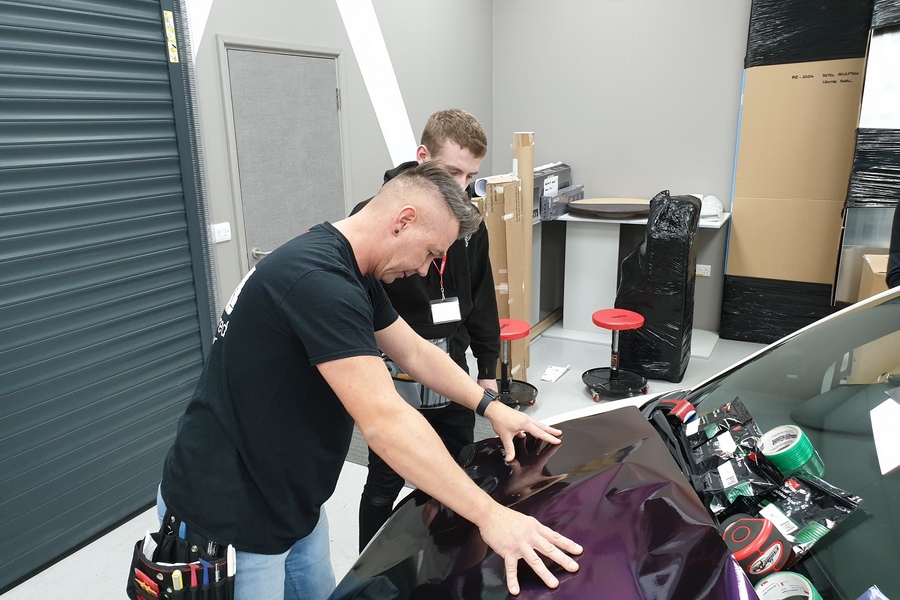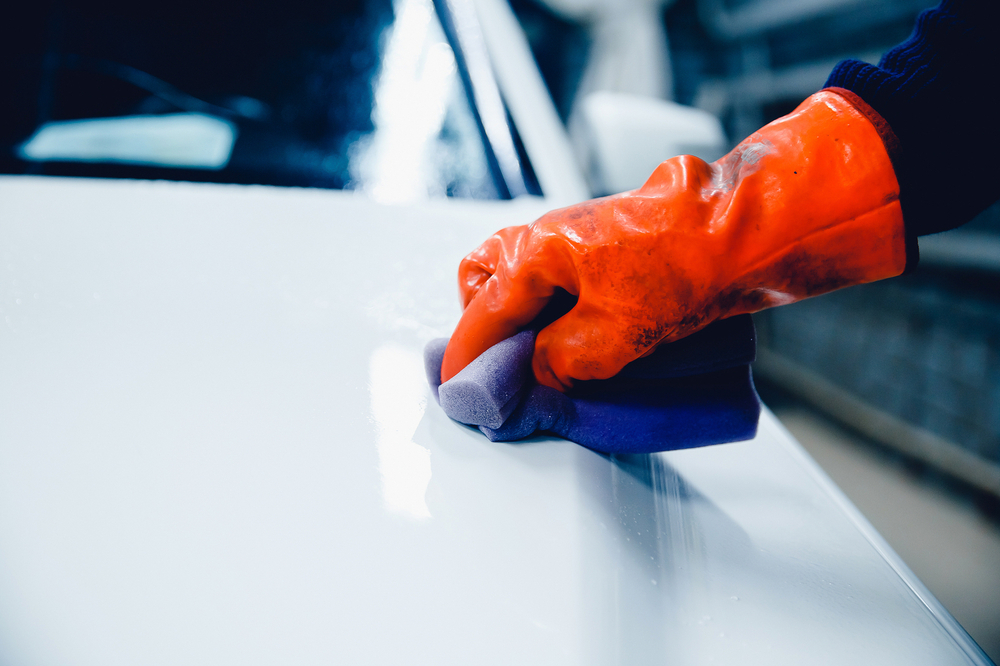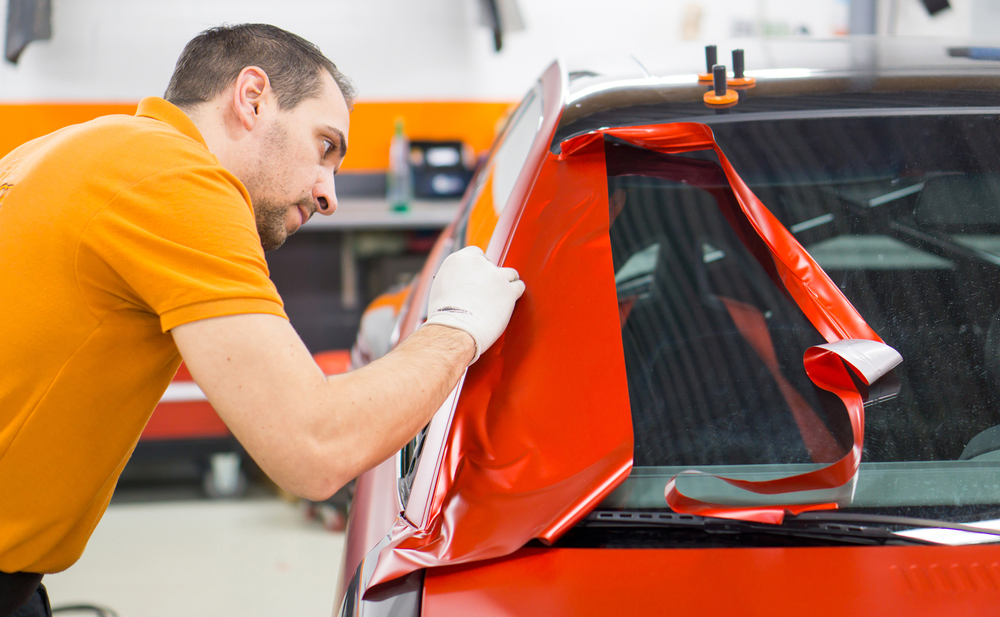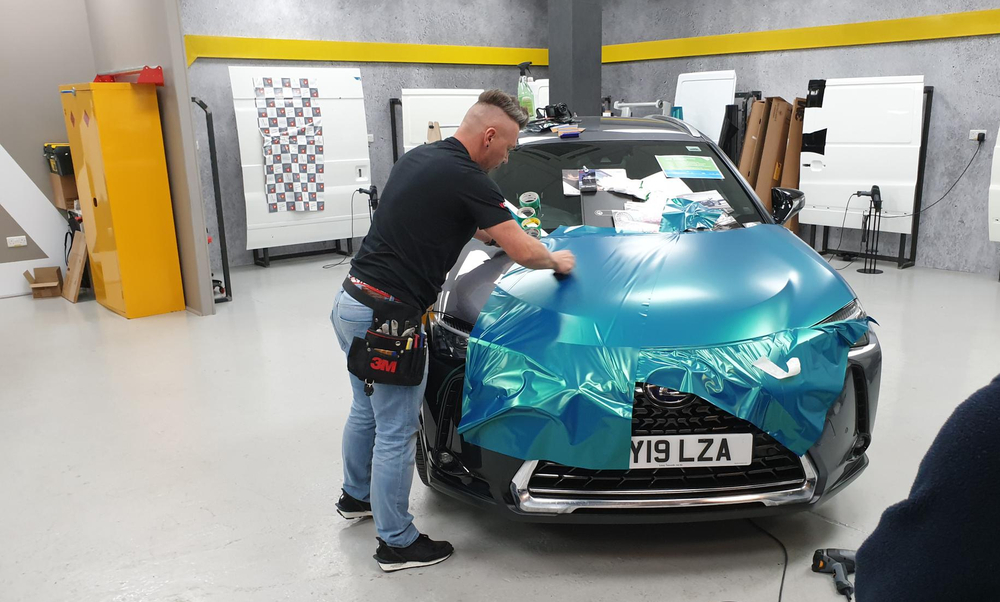Inspiration
Be inspired by learning about new ways in which you can support and drive your business forward by keeping up to date with the latest news and blogs from William Smith.

The last 20 years has seen the transformation of the Vehicle Wrap industry. Gone are the days of a paint brush and standard signage vinyl to wrap vehicles!
Today we see the most astonishing and exuberant wraps on both personal and commercial vehicles.
But. There is a skill to wrapping. And despite individuals being out there doing this as their trade, some bad jobs are still being done which can have a damaging impact on this amazing trade.
So. Let’s look at some of the do’s and don’ts of vehicle wrapping.
Let’s not get onto the application just yet.
There is a key error some vehicle wrap companies do before even starting the application. Not enough of you challenge your customers enough! Don’t be afraid to do that.
From too much copy on advertising wraps, to colours that don’t make the advertisement stand out, to colours and finishes that just don’t work. Your customers need your input.
You are the ones with experience, the expertise and the knowledge. They may be paying customers but you’re the expert. Don’t forget that. Offer a complete service.
Using the right product, yes, this is key.
Don’t get caught in the trap of buying cheap, or even worse – use the wrong material, to help you make more money. Yes. In the short term you might think ‘this is great’, but in the long term it will be your reputation, business and long-term future damaged. Trust me.
We’ll get onto application mistakes soon but if you buy a material which isn’t up to standard, you’re going to see a lot of failures. It’s as simple as that. Products from Arlon, 3M and Avery, and other quality brands, are proven, and will help you successfully complete the perfect project.
Liaise with the customer. What kind of application is this? How long does the customer want the wrap to be on for? Where are the difficult areas to wrap, likely to be? are all questions you should be asking to help you select the right material.
Still unsure? Get in touch with the team here at William Smith and they will be more than happy to help!
It’s application time!
A saying we use all the time here at William Smiths; Fail to prepare, prepare to fail. And it’s so true.
This is a big reason why we see failures in the industry. Surfaces are not being prepared before application!
Peeling edges is a common problem. This can be down to a vehicle not being cleaned properly first! If oils, dirt or debris is left on the vehicle for application time, the film won’t stick! It’s a recipe for disaster. The film may even ‘tent’ over the dirt creating the ‘bubble’ effect. A look you don’t want. And more importantly for you, your customer won’t either.

Rushing a job is a big no, no. It sounds obvious doesn’t it? But it happens a lot more than you think.
Sometimes you might need to remove parts of a vehicle to execute the perfect finish. Don’t be lazy, if it needs doing, do it. The time you save vs the increased likelihood of a failure is just not worth it. Because it will fail. You will have to re do it. And your customer isn’t going to be happy.
Don’t forget detailing either. Trimming edges and corners will finish off the perfect job. This does require skill and don’t underestimate it or overlook it. It could be the difference between a job done to a job well done.
Take pride in what you do.

Mistakes happen. But there is a key mistake that we see all the time. Overstretching. Don’t do it!
When the material is overstretched, the adhesive becomes more thinned making the vinyl less sticky and ultimately can lead to that word again….. FAILURE.
Even if the wrap doesn’t ‘fail’ overstretching will make the wrap look ugly. The stretch will be obvious in the aesthetics of the wrap. It will look thinner. Possibly discoloured. And could even show shiny spots. For patterned materials the overstretch can be even more obvious.
So how do you ensure you don’t overstretch? I hear you ask.
Well. First of all. Make sure your wrappers or yourself (if you are doing the job yourself) are up to the job. Make sure the necessary training has been undertaken.
But. A top tip from William Smith is that you should take the correct measurements of the vehicle that is to be wrapped. And double check! This will allow you to get the correct amount of material for the application. Remember to take into consideration error too.
So. You’ve prepped your substrates, you’ve selected the right product, you have the skills to complete the perfect application…. Now you need the correct working environment facility. Do not overlook this.
There are questions that need to be answered. Where will the job take place? Will you be outside, or will you be inside? Will the indoor facility be dust free and have the right temperature required for the product you’re using?
If you can help it, don’t do the application outside. You simply cannot avoid dust particles getting onto your vehicle in the open air. And as we’ve discussed earlier in this blog, this will not only look bad, but it will result in failures.
Being inside is the ideal. But even then, the conditions must be right.
The indoor facility must be super clean with some type of dust control and the room must be at the right temperature. If the temperature is too high, this will cause overstretching and failure over time. Installing in a low temperature will cause the vinyl to shrink and eventually fail when its exposed to high temperature.
In summary. Get your own wrapping facility and ensure the conditions are perfect.

So. You’ve completed the perfect application. It’s time to put your feet up, right?
No. It’s definitely not. You’ve done all the hard work. Now finish the job off properly.
You need to post heat the wrap using a heat gun. Ensure all the recessed and curved areas of the wrapping film are heated to the correct temperature, check this by using a digital thermometer. This will make sure the self-adhesive material bonds correctly on to the surface of the vehicle.
Why’s that? Well. PVC as you know is part of the DNA of a vehicle car wrap. PVC allows the vinyl to have memory, which brings many positives but a downside of this is that it will go back to its original shape (shrink and pulls back). Which is not what you want.
Is this the most glamorous and exciting part of wrapping? No. Is it crucial? Absolutely.
Vehicle wrapping has come such a long way over the last 20 years and is undoubtedly a prosperous industry. Make sure you’re doing it right. Don’t tarnish the trade.
William Smith is here to help. If you have any application queries, or you are interested in being trained yourself, please don’t hesitate to get in touch with us at 01833 690305, or by email, at info@williamsmith.co.uk.